Full Stack Development
As a full stack developer, you have a wide range of responsibilities that include both the front-end and back-end development of a website or application. In order to be a successful full stack developer, you must have a strong understanding of both the front-end and back-end development process.
The front-end development process includes the design and development of the user interface and user experience. This part of the process focuses on how the user will interact with the website or application. The back-end development process focuses on the functionality of the website or application. This part of the process focuses on the server-side code that makes the website or application work.
What Is Full Stack Development?
The terminology used in the software industry is frequently influenced by English idioms — or expressions that say one thing but mean another. To be clear, it’s very likely that no developer has ever encountered a legitimate ‘stack’ in their code. These are not important aspects of coding, whether they are a stack of pancakes or a stack of laundry.
Having said that, the stack is a useful metaphor for describing the layers involved in software development. The idea that software development builds on top of itself rather than being linear is central to this concept.
Because a stack is by definition a large quantity of something, it stands to reason that this term would be applicable to software development. Because, in this context, a stack in its most complete form contains all of the ingredients for a full software project.
A full stack, for example, includes all of the components required for front-end and back-end development. Front-end and back-end are obviously idioms as well, representing different parts of the stack that must be addressed.
A stack’s layers may or may not include databases, DevOps, or features unique to mobile app development, in addition to front-end and back-end development.
Full stack developers are also available. While some may regard these individuals as jacks of all trades and masters of none, it is important to understand that these developers are frequently masters of a few technologies and comfortable with the rest.
What Is Full Stack Web Development?
The term “full stack web development” is self-explanatory. It refers to the development that goes into creating a website. Full stack web development would include networking, hosting, and server-related components in addition to the layers of full stack development mentioned above.
A full stack developer will be familiar with the various roles that allow for full stack web development. This would imply having a thorough understanding of client and server software, as well as web frameworks, which will aid in the software development process.
Although a full stack web development project can be completed by a team of full stack developers, your company can also hire a team of diversely skilled developers — both front-end and back-end developers — to complete the same project.
Unless a specific distinction is made between a web development project and a mobile app development project, full stack development and full stack web development are interchangeable terms that should be used interchangeably.
Full Stack vs. Front-End vs. Back-End
Your understanding of full stack development should include both the front-end and the back-end. But how does it look in practice? Consider the comparison below to get some ideas.
Full Stack
You’ve most likely heard of full stack development. In any case, for good measure, full stack development refers to software development that occurs on both the front-end and back-end of a project.
Full stack development is a given in most software development projects. Front-end development entails creating a graphical user interface (UI).
This occurs in tandem with back-end development, which entails writing maintainable code, or business logic, to ensure the application runs smoothly.
Front-End
As previously stated, front-end development is primarily concerned with controlling what users interact with and see in a software application.
It is critical for users to continue using your software if your web pages or mobile applications are easily navigable and interactive.
Front-end developers are familiar with client software such as HTML, CSS, and JavaScript.
Two of the most important technologies for web pages are Hypertext Markup Language (HTML) and Cascading Style Sheets (CSS). The structure of a web page is determined by HTML, and the visual layout is influenced by CSS.
JavaScript is a programming language that allows for the creation of dynamic web pages. Simple interactions, such as dragging and dropping or scrolling, are all trademarks of JavaScript programming.
There are numerous JavaScript frameworks and libraries available to help speed up and simplify the development process. HTML and CSS are also supported by other technologies.
Back-End
Back-end development is responsible for everything that the user does not see. As a result, back-end developers must play a subservient role behind the scenes. However, their work ensures the functionality of every software project.
To be clear, whatever front-end technology is created for users to see, back-end developers are peeking out from behind the curtain, directing these features with their code.
Server software would include languages that are good for servers and networking, such as Python or C++. Server software also includes query languages for managing databases.
Back-end developers particularly like Node.js. This is a JavaScript framework for back-end development, which means that developers can use JavaScript for both front-end and back-end development — otherwise known as full stack development.
What Are the Most Popular Technology Stacks for a Full Stack Development Project?
A technology stack is a way of describing the various technologies that will be used in a software development project. Using tech stacks to relay this information is a more efficient method of communicating how an application is built.
LAMP Stack
The acronym LAMP stands for Linux, Apache, MySQL, and PHP/Perl/Python. These technologies represent the operating system, web server, database management system, and programming language for the application, in that order.
MEAN Stack
MEAN is an acronym that stands for MongoDB, Express.js, AngularJS, and Node.js. MongoDB is a database, Express.js is a web application framework, and AngularJS is yet another web framework that allows developers to embed JavaScript in HTML.
It’s worth noting that JavaScript frameworks are prevalent throughout the stack. This is a significant benefit to the software stack as a whole. Having JavaScript as the primary programming language of the stack simplifies development for JavaScript experts.
Another advantage of this solution stack is that it does not require an operating system. As a result, portability improves.
MERN Stack
Similarly, MERN distinguishes MongoDB, Express.js, React.js, and Node.js. Here’s another collection of JavaScript frameworks that are fueling its popularity. However, using React rather than Angular allows you to create mobile and hybrid apps.
What Are the Skills Needed for a Full Stack Developer?
Again, full stack developers should be experts in at least a few front-end and back-end technologies, and at least somewhat familiar with the rest.
Front-end programming languages and the web frameworks that support them are the front-end technologies that full stack developers should be familiar with. Of course, this is in addition to HTML and CSS, which are standard front-end development languages.
A full stack developer should be qualified for database management on the back end. To that end, they should have a reasonable knowledge of back-end languages, specifically a programming language and a query language.
Furthermore, full stack developers must understand version control systems (VCS), application programming interfaces (APIs), and servers.
More experienced full stack developers are knowledgeable about security, testing algorithms, and data structures.
Summary
With full stack developers, you can untangle all of the complexities of your next software development project.
Having one team of developers working on both sides of your vision is one way to achieve better, more direct communication.
It is Nile Bits’ responsibility to provide you with the resources you require to see your project through to completion. Don’t be concerned if you require full stack developers. We obtained them.
Hire qualified full stack developers today at Nile Bits!




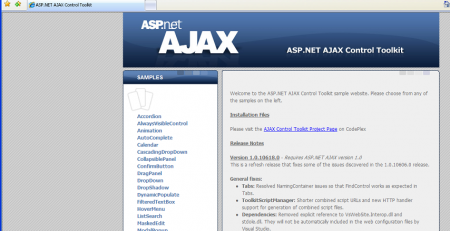
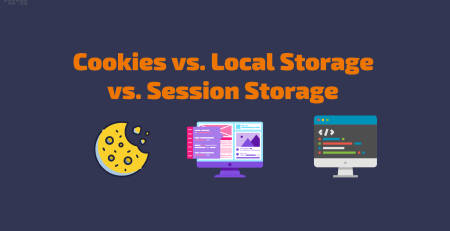
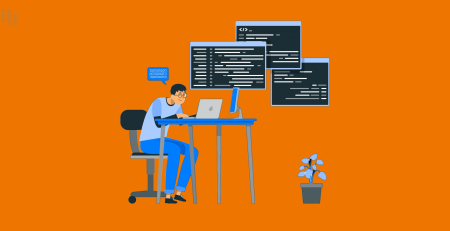

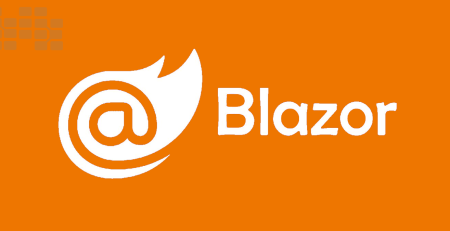
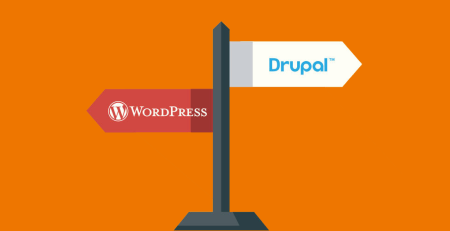
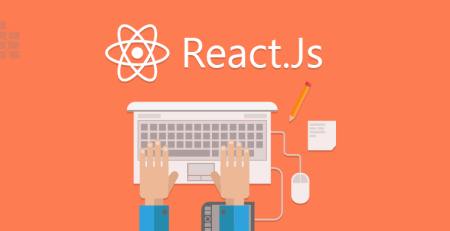
Leave a Reply